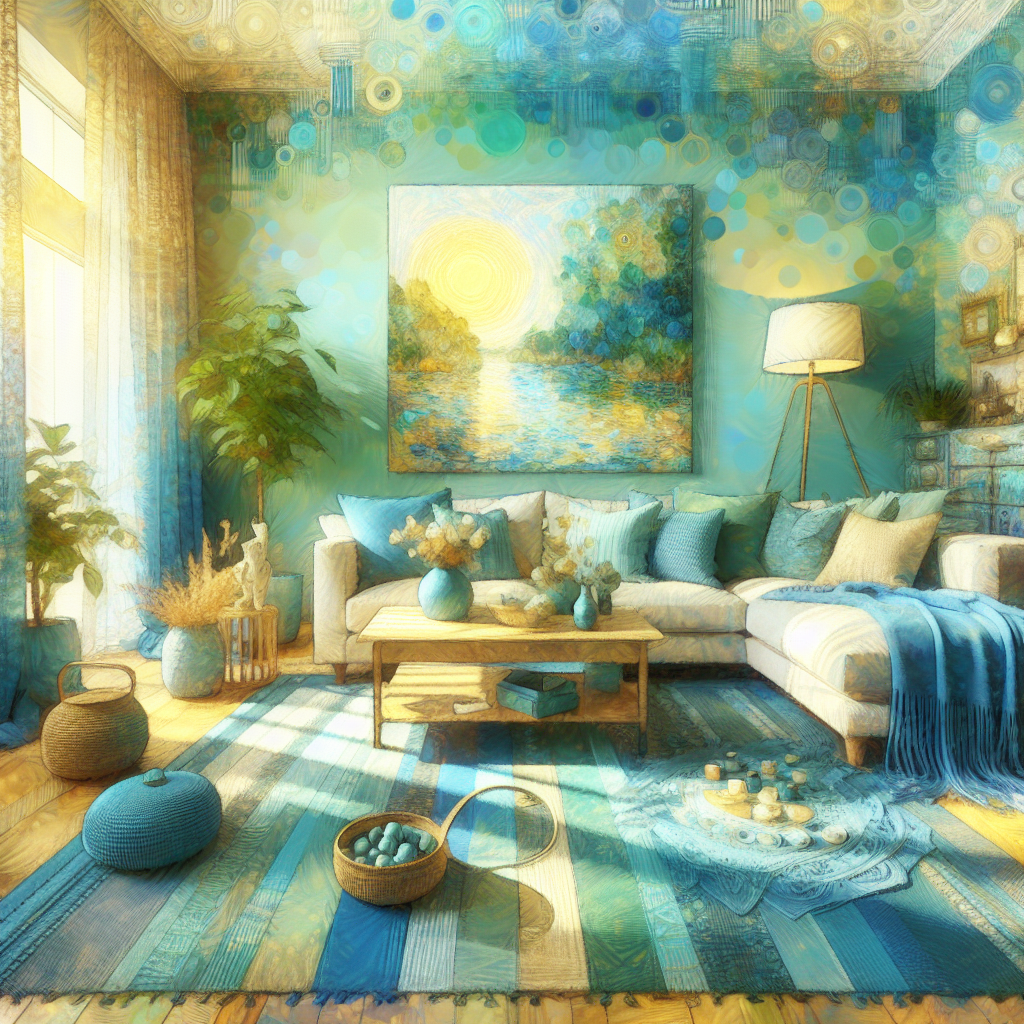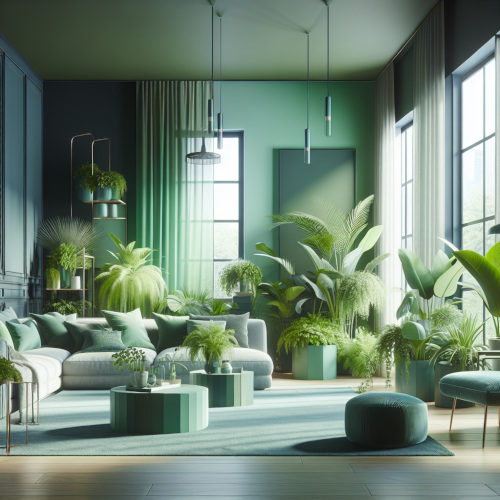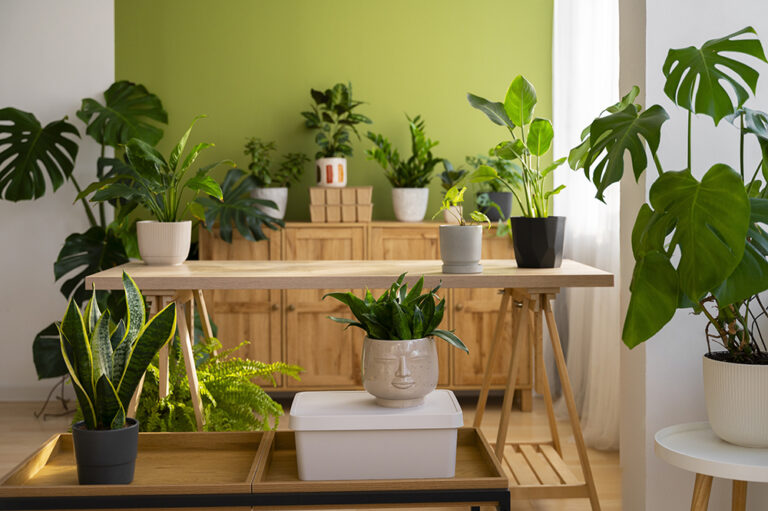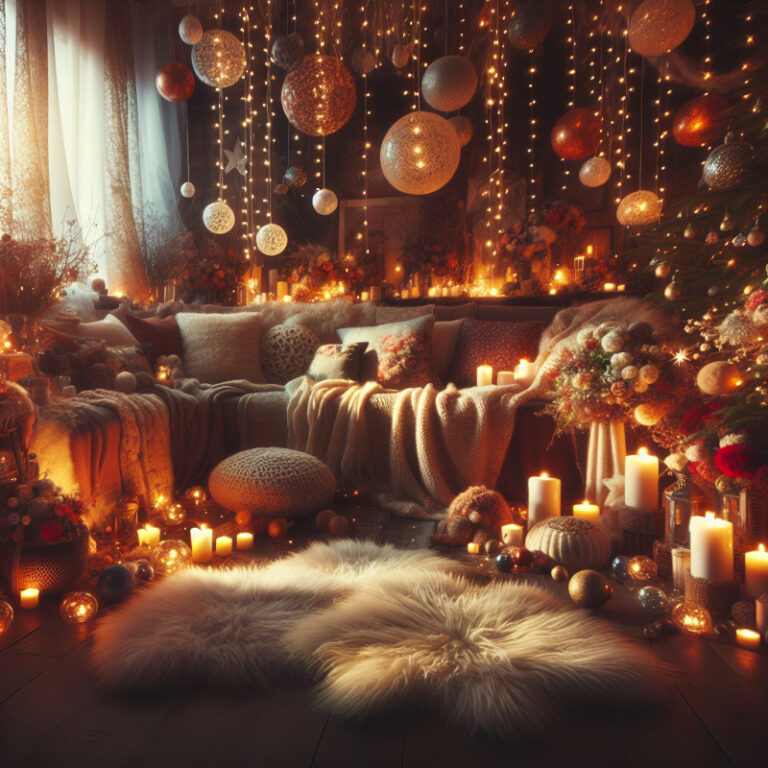Color Therapy: The Psychology Behind Your Room’s Color and How to Choose It
Color plays a significant role in our lives, influencing our moods, emotions, and perceptions. Choosing the right colors for your living space can create a harmonious and inspiring environment, promoting well-being and happiness. In this article, we will explore the principles of color therapy and how to apply them when selecting colors for your rooms.
Understanding Color Therapy
Color therapy, also known as chromotherapy, is an alternative medicine method that uses colors to balance energy in the body and mind. It is based on the idea that different colors correspond to specific energy frequencies, which can affect our physical and emotional well-being. By surrounding ourselves with the right colors, we can create a nurturing and uplifting atmosphere that supports our mental and emotional health.
Testimony: A Colorful Transformation
“After learning about color therapy, I decided to repaint my bedroom in soothing shades of blue and green. The change was remarkable – I felt calmer, more relaxed, and slept better. It was as if the colors had transformed my room into a peaceful retreat, allowing me to recharge and rejuvenate.” – Sarah, Interior Design Enthusiast
Color Psychology: How Colors Affect Us
Each color has its unique psychological properties and can evoke specific emotions and associations. Here are some popular colors and their meanings:
- Blue: Associated with calmness, tranquility, and stability, blue is an excellent choice for bedrooms and bathrooms, promoting relaxation and rest.
- Green: A symbol of nature, growth, and harmony, green is perfect for living rooms and offices, fostering balance and creativity.
- Yellow: Representing sunshine, happiness, and optimism, yellow is ideal for kitchens and dining areas, encouraging communication and joy.
- Red: A powerful and stimulating color, red can energize and excite, making it suitable for gyms or entertainment rooms.
- Purple: Linked to luxury, spirituality, and imagination, purple is an excellent choice for meditation spaces or home libraries.
- Pink: Often associated with love, romance, and gentleness, pink is perfect for bedrooms and bathrooms, adding warmth and comfort.
Factors to Consider When Choosing Room Colors
Room Function
Consider the primary function of the room when selecting its color. For example, a home office may benefit from invigorating shades of blue or green, while a bedroom might be better suited for calming tones of pink or lavender.
Natural Light
The amount and quality of natural light in a room can significantly impact the way colors appear. Rooms with abundant natural light can handle deeper, richer colors, while dimly lit spaces may require lighter, more reflective shades.
Personal Preference
Ultimately, the most crucial factor in choosing room colors is your personal preference. Trust your instincts and select hues that resonate with your style and evoke the desired emotions.
Creating a Color Scheme
When designing a color scheme, consider using a monochromatic, complementary, or analogous palette.
- Monochromatic: A monochromatic color scheme consists of different shades, tints, and tones of a single color, creating a cohesive and harmonious look.
- Complementary: Complementary colors are opposite each other on the color wheel and can create a dynamic and visually striking contrast when used together.
- Analogous: Analogous colors are next to each other on the color wheel and can create a soothing and harmonious effect when combined.
Incorporating Colors into Your Space
Besides paint, there are various ways to incorporate colors into your room, such as textiles, furniture, and decorative accents. Experiment with different shades, patterns, and textures to create a layered and visually engaging space.

Conclusion
By understanding the principles of color therapy and considering factors such as room function, natural light, and personal preference, you can create a vibrant and uplifting living space that supports your mental and emotional well-being. So, go ahead and experiment with different colors, and transform your home into a personal sanctuary that nurtures your mind, body, and soul.








